Table of Contents
Ever bought a fancy cat toy, only to have it vanish into the void under the sofa within hours? Or maybe your feline overlord gives a new feathered wand a sniff and then walks away, utterly unimpressed? It’s a common plight. Cats, bless their little hearts, are simultaneously easily amused and incredibly picky, and their talent for losing things is legendary. Before you surrender to buying yet another mass-produced mouse destined for the dust bunnies, consider a different approach. What if you could whip up a toy they might actually play with, and one that’s cheap enough you won't weep when it inevitably disappears?
Why Cats Love Spiral Toys That You Crochet
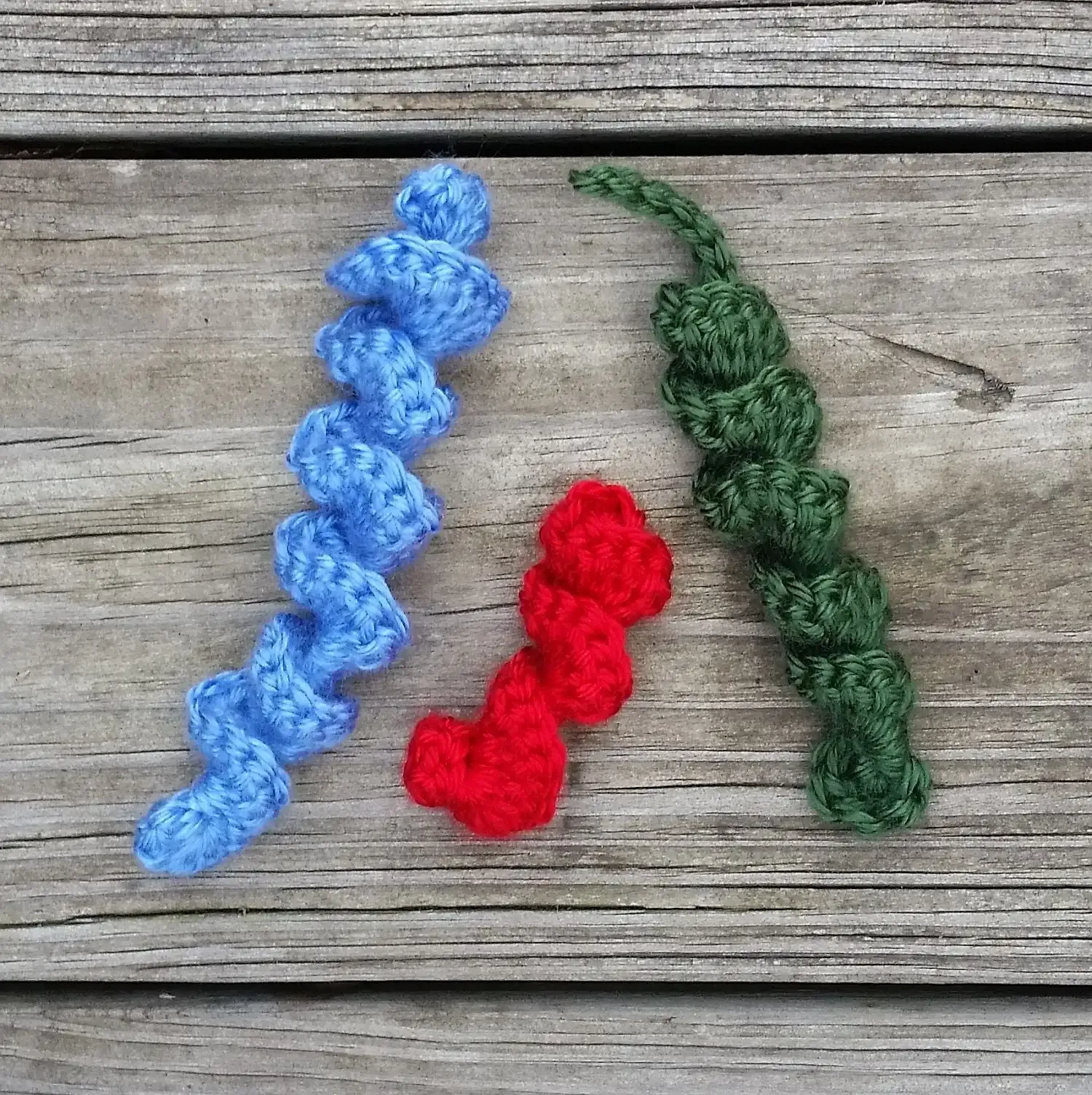
Why Cats Love Spiral Toys That You Crochet
It's All About That Wiggly Motion
Let's be real, cats are wired for hunting, and anything that moves erratically or has a bit of a wiggle triggers that instinct. A crochet spiral cat toy, especially when batted across the floor, doesn't just roll like a boring ball. Its shape makes it bounce, twist, and dart unpredictably. This isn't some slick, mass-produced plastic thing; the uneven texture of crochet yarn adds another layer of interest for their paws and teeth. It mimics something alive, something worth chasing, unlike that expensive laser pointer they ignore half the time.
The DIY Advantage: Texture and Catnip Potential
Beyond the motion, the texture of a crochet spiral cat toy is a big draw. Yarn feels different in their mouths and under their claws than plastic or felt. It's something they can really sink their teeth into (literally) without it being too hard. Plus, when you make it yourself with a crochet spiral cat toy pattern, you control what goes inside. A little pinch of potent catnip tucked into the stuffing? Now you've elevated a simple toy to absolute feline obsession territory. You can't exactly infuse that plastic mouse with the good stuff effectively.
So, why do cats zero in on these simple shapes?
- Unpredictable movement mimics prey.
- Interesting texture for biting and batting.
- Ideal for adding catnip for extra allure.
- Lightweight and easy to toss around.
Supplies You Actually Need for a Crochet Spiral Cat Toy

Supplies You Actually Need for a Crochet Spiral Cat Toy
Choosing Yarn That Won't Turn Into a Snack Hazard
Alright, before you dive into that crochet spiral cat toy pattern, let’s talk yarn. This isn't the time for fancy, fuzzy mohair or delicate silk blends. Your cat will chew on this thing. A lot. You want something durable, washable, and ideally, natural fiber. Acrylic yarn is a common choice because it’s cheap and tough, but be mindful of your specific cat – some are determined yarn eaters, which can cause problems. Cotton is a safer bet if you're worried about ingestion, though it's less stretchy. Stick to worsted weight; it's easy to work with and creates a sturdy fabric. Avoid anything with glitter or excessive fluff that can easily be pulled off and swallowed. Keep it simple, keep it sturdy.
Don't Skimp on the Right Hook and Stuffing
Next up is your crochet hook. For a solid, tight fabric that won't easily unravel under enthusiastic claws, you usually want a hook size a bit smaller than what the yarn label suggests. A G-6 (4.0 mm) or H-8 (5.0 mm) hook often works well for worsted weight yarn, but the pattern might specify. The goal is a dense fabric where stuffing won't poke through. Speaking of stuffing, standard polyester fiberfill works just fine. If you're feeling generous and want to make this toy utterly irresistible, grab some organic catnip to mix in with the fiberfill. Just a little sprinkle goes a long way.
- Worsted weight yarn (cotton or durable acrylic)
- Crochet hook (usually G-6 or H-8)
- Polyester fiberfill stuffing
- Optional: Organic catnip
- Scissors
- Yarn needle
Other Bits and Bobs That Make Life Easier
Beyond the absolute basics for your crochet spiral cat toy pattern, a few other tools come in handy. You'll definitely need a pair of sharp scissors for snipping yarn tails. A yarn needle (also called a tapestry needle) is crucial for weaving in those ends neatly and securely – you don't want loose strings for your cat to pull on. Stitch markers can be helpful, especially if you're new to working in the round or keeping track of your stitches. A small measuring tape isn't strictly necessary but can help you check your gauge if the pattern mentions it, though for a simple cat toy, perfection isn't the goal. Functionality and durability are.
Understanding the Basics Before You Start the Pattern
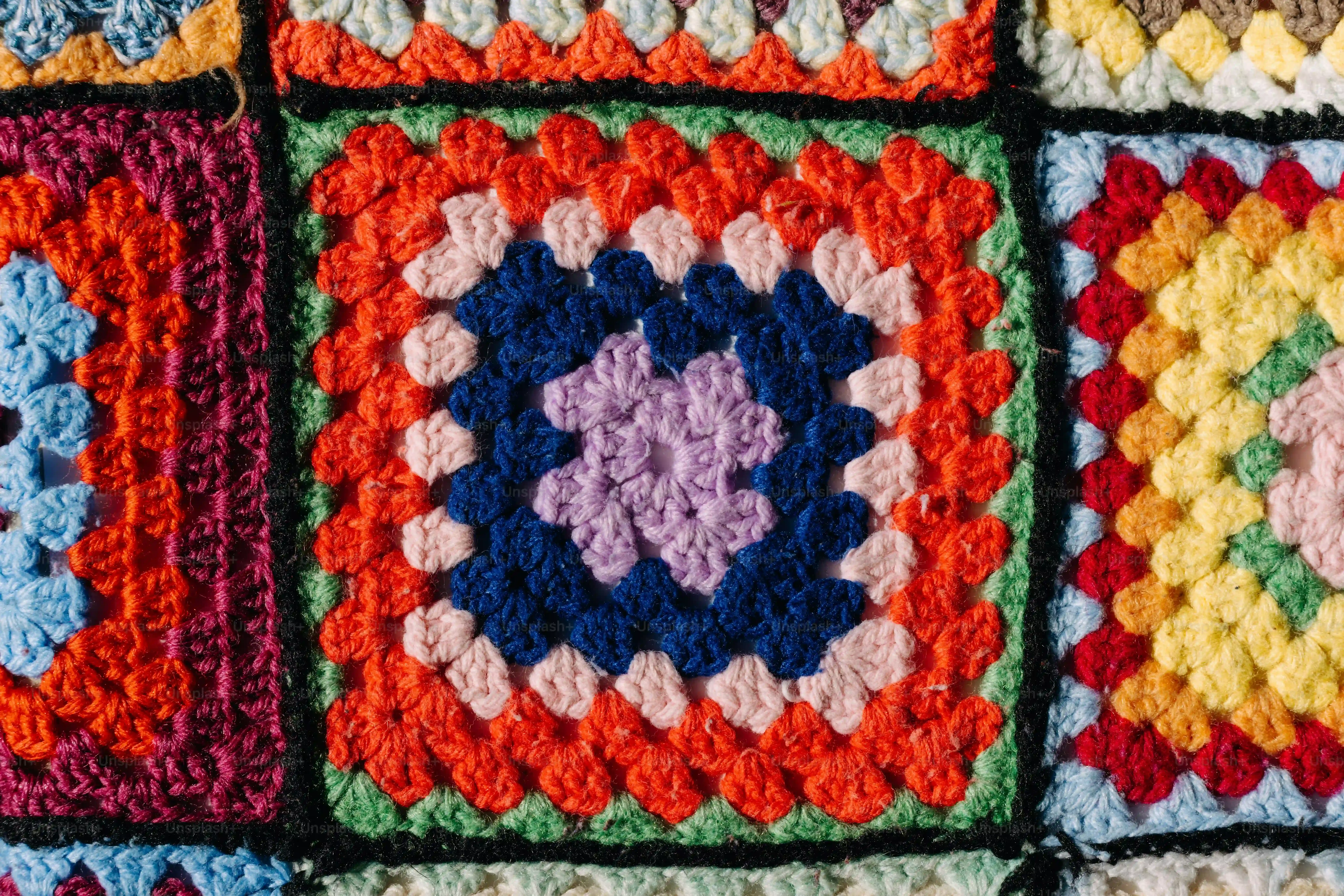
Understanding the Basics Before You Start the Pattern
Getting Friendly with the Foundation Stitches
so you've got your yarn, hook, and maybe a sprinkle of catnip ready. Before you tackle the actual crochet spiral cat toy pattern, let's just make sure you're comfortable with a couple of fundamental crochet moves. You don't need to be a grand-master hooker here, just know the difference between a chain and a single crochet. Most simple patterns, including this one, rely heavily on single crochet stitches worked in the round. This creates a tight fabric, which is exactly what you want when making something destined to be batted and chewed. Mastering the magic ring (or an alternative starting method) is also super helpful for making a nice, closed start without a hole for stuffing to escape.
Decoding the Pattern Language (It's Not Rocket Science)
Crochet patterns, even for something as straightforward as a crochet spiral cat toy pattern, use abbreviations. Don't let that intimidate you. "Ch" means chain, "sc" means single crochet, "inc" usually means increase (working two stitches into one spot), and "dec" means decrease (working two stitches together). Patterns often tell you the number of stitches you should have at the end of each round, which is a handy way to check if you're on track. Gauge, or how many stitches and rows fit into an inch, is usually mentioned for garments, but for a cat toy, hitting perfect gauge isn't critical. As long as your fabric is dense enough, you're golden. Just relax and follow the instructions; it's more about muscle memory than memorizing a new language.
Crochet Term | Abbreviation | What it Means (Simply) |
|---|---|---|
Chain | Ch | Making a slip knot and pulling loops through each other to form a foundation string. |
Single Crochet | Sc | Inserting hook, yarning over, pulling up a loop, yarning over, pulling through both loops. Creates a short, dense stitch. |
Increase | Inc | Working two stitches into one stitch from the previous row/round to add stitches. |
Decrease | Dec | Working two stitches together to reduce the stitch count. |
Your StepbyStep Crochet Spiral Cat Toy Pattern
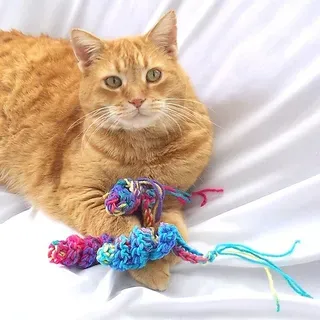
Your StepbyStep Crochet Spiral Cat Toy Pattern
Starting the Spiral: The Magical Beginning (Or Not)
Alright, deep breaths. You've got your hook, your yarn, and a hopeful look on your face. The first step in any crochet spiral cat toy pattern is usually creating a starting point that closes up nicely. Most patterns call for a "magic ring" or "magic circle." If you've never done one, it can feel like trying to fold fitted sheets – slightly baffling at first, but totally doable with practice. It creates a tight little loop that you work your first stitches into, then pull closed. No hole for stuffing to escape! If the magic ring feels like a dark art you're not ready for, don't sweat it. You can usually substitute it by chaining 2 and working your first stitches into the second chain from the hook. It leaves a tiny hole, but for a cat toy, it’s generally fine. Either way, you'll typically start with a set number of single crochet stitches into that ring – maybe 6 or 8, depending on the specific crochet spiral cat toy pattern you're following.
Building the Body: The Gentle Twist
Once you've got your starting stitches, you'll begin working in rounds, but here’s the key to the spiral: you don't join the rounds with a slip stitch like you would for, say, a hat. You just keep going, working the first stitch of the new round directly into the first stitch of the previous one. This is what creates that continuous spiral effect. You'll usually start with increases in the first few rounds to make a flat circle or a slightly curved base, then you'll stop increasing and just work one single crochet in each stitch around. This is where the tube of the spiral toy starts to form. Keep working round after round, and you'll see it begin to twist naturally. The length is up to you – want a long, snake-like toy or a shorter, chubbier one? Just keep crocheting until it looks about right.
Working in a continuous spiral can sometimes make it tricky to know where one round ends and the next begins. A stitch marker is your best friend here. Place it in the first stitch of your round, and move it up each time you start a new round. It’s a simple trick that saves you from pulling your hair out trying to count rounds.
Here's a typical progression for the main body:
- Work increases in the first few rounds to create a base.
- Stop increasing and work one single crochet per stitch for subsequent rounds.
- Continue working in a spiral until desired length is reached.
- Use a stitch marker to keep track of your rounds.
Closing It Up: Stuffing and Finishing
You've crocheted a tube of glorious spiralness! Now it's time to give it some substance. Before you completely close the end, start stuffing it with your polyester fiberfill. Don't be shy; a firmly stuffed toy is more satisfying for a cat to bat around, and it holds its shape better. If you're adding catnip, mix a little in with the fiberfill as you go, or create a concentrated pocket in the center. Once it's stuffed to your liking, you'll need to decrease stitches to close the open end. Most crochet spiral cat toy pattern instructions will tell you how to do this, usually by working single crochet decreases around the opening until it's small enough to cinch shut. Use your yarn needle to thread the yarn tail through the remaining stitches and pull tight to close the hole. Weave in that end securely – this is not the time for loose threads that your cat will inevitably find and try to eat. A secure finish is paramount for safety.
Troubleshooting Your Crochet Spiral Cat Toy Pattern
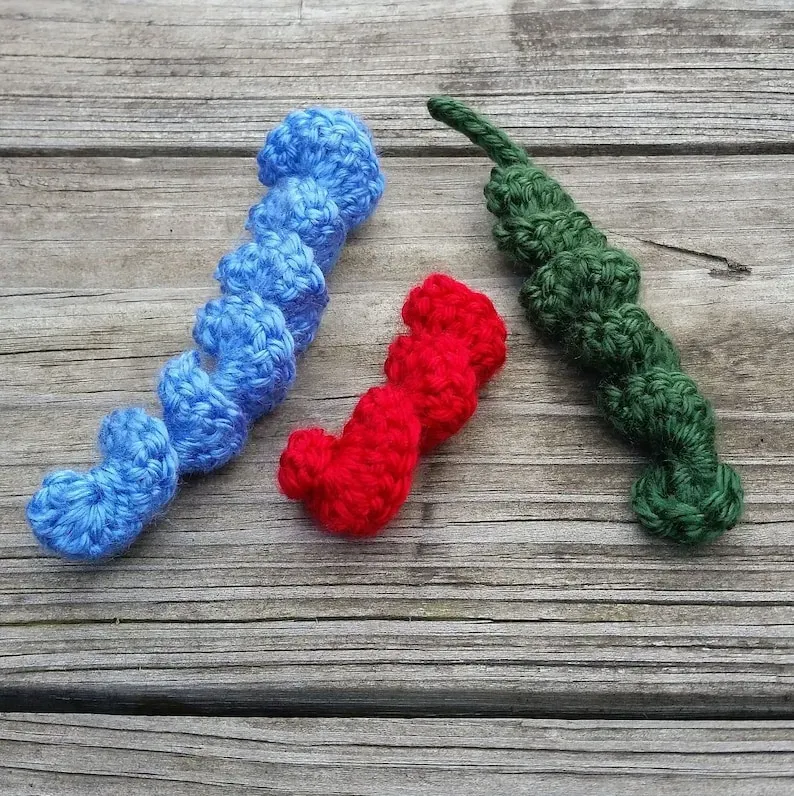
Troubleshooting Your Crochet Spiral Cat Toy Pattern
Uh Oh, My Spiral Looks More Like a Sad Tube
so you're working your crochet spiral cat toy pattern, feeling pretty good about yourself, and then you look down and realize... it's not spiraling. Or maybe it is, but it's floppy, or stiff as a board. Don't toss it across the room just yet. The most common culprit for a non-spiral is accidentally joining your rounds with a slip stitch. Remember, the spiral happens because you just keep crocheting into the first stitch of the previous round without that joining step. If your fabric feels too loose and holy (like stuffing is trying to escape), your hook is probably too big for your yarn. Size down that hook. If it's too stiff and hard to work, try a slightly larger hook. Sometimes, it's just a matter of tension – are you pulling the yarn super tight, or letting it flow easily? Consistency is key, but a little wonkiness is totally fine for a cat toy; they don't grade on perfect symmetry.
Adding Variations to Your Crochet Spiral Cat Toy
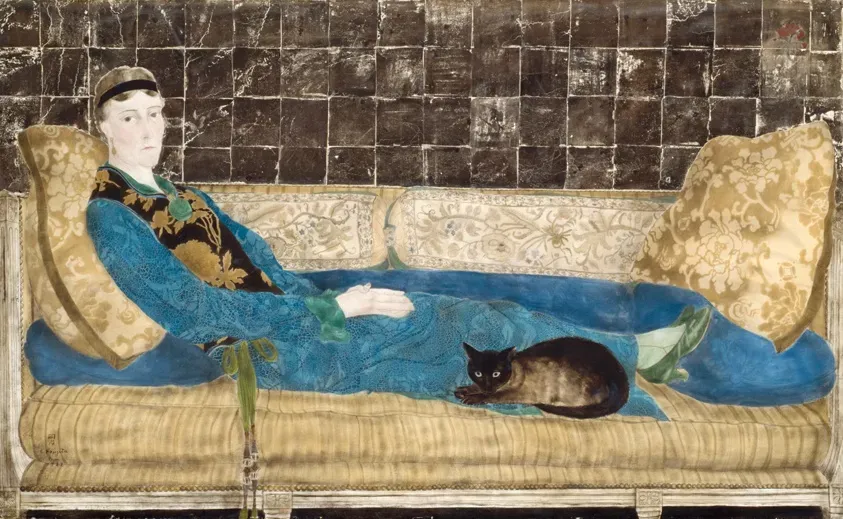
Adding Variations to Your Crochet Spiral Cat Toy
Playing with Color and Size
Once you’ve got the basic crochet spiral cat toy pattern down, the easiest way to mix things up is with color. Seriously, don't just stick to one boring shade. Cats might not see the world like we do, but contrasting colors can catch their eye. Stripe it! Use up those yarn scraps you’ve got lying around. A bright, multi-colored spiral is way more interesting visually than a solid grey one. Think bumblebee stripes, rainbow swirls, or just random color blocks. It’s a perfect stash-buster project. Plus, if your cat is a master of camouflage, making the toy a loud color makes it slightly easier to find when it inevitably gets lost under the couch.
Size is another simple variable. The basic crochet spiral cat toy pattern usually makes a toy roughly mouse-sized, which is great. But what about a bigger, chubbier spiral for a larger cat who likes to bunny-kick? Or a tiny, thin one for a kitten or a cat who prefers carrying smaller "prey"? You adjust the size by changing your hook size (smaller hook, tighter, smaller toy; larger hook, looser, bigger toy) or by working more or fewer increase rounds at the beginning before you start the straight body section. Don't be afraid to experiment a little after you've made the standard version a couple of times.
- Use contrasting or bright yarn colors.
- Stripe or block colors for visual interest.
- Adjust hook size for tighter/looser fabric and overall size.
- Modify initial increase rounds to change the base size.
- Experiment with length by crocheting more or fewer rounds.
Adding Tails, Ears, or Other Dangly Bits
A basic spiral is good, but adding a tail or some ears takes it to the next level of potential cat obsession. A simple chain of crochet stitches attached to one end makes a perfect tail for batting and carrying. Make it long and skinny, or shorter and a bit thicker. You can even add a knot or two at the end for extra texture. Small crocheted circles or triangles sewn onto one end can become little ears, giving the spiral a slightly more "creature" vibe. Just make sure any additions are securely fastened. We're talking about things that will be chewed, batted, and potentially dragged through questionable locations. A loose tail is a choking hazard waiting to happen.
Think about what your cat specifically likes. Do they go nuts for strings? A long, securely attached yarn tail is a winner. Do they like things with defined shapes? Adding simple ears might make it more appealing. The beauty of using a crochet spiral cat toy pattern as a base is that you can easily customize it. Just make sure whatever you add is also made from durable, cat-safe yarn and stitched on with a yarn needle so it's not coming off without serious effort (or a trip to the vet).
What other features might drive your cat wild?
Stuffing with More Than Just Fiberfill
Beyond the exterior, you can make the inside of your crochet spiral cat toy pattern creation more exciting. While standard fiberfill is fine, consider adding something for sound or different texture. A small amount of crinkle material (like from a clean snack bag, carefully enclosed in a small fabric pouch) stuffed inside can add that irresistible rustling sound cats love. Just make sure it's completely sealed within the stuffing and fabric layers. Some people add a few dry beans or plastic pellets (like those used in stuffed animals) for a rattle sound, but be extremely cautious with this – if the toy breaks open, those small pieces are a serious ingestion risk. I tend to stick to crinkle material or just plain stuffing and catnip to play it safe.
And speaking of catnip, don't just sprinkle it on top. Mix it throughout the stuffing, or create a concentrated pocket. Some hardcore cat people even make a little fabric pouch of catnip to put inside the toy so it can be replaced later when the potency wears off. This is next-level dedication, but hey, if it keeps your cat off the curtains, maybe it's worth it. Just remember, whatever goes inside your crochet spiral cat toy needs to be something that won't harm your cat if they somehow manage to break the toy open, which, let's face it, is always a possibility with a determined feline.
Making Your Crochet Spiral Cat Toy Pattern Safe
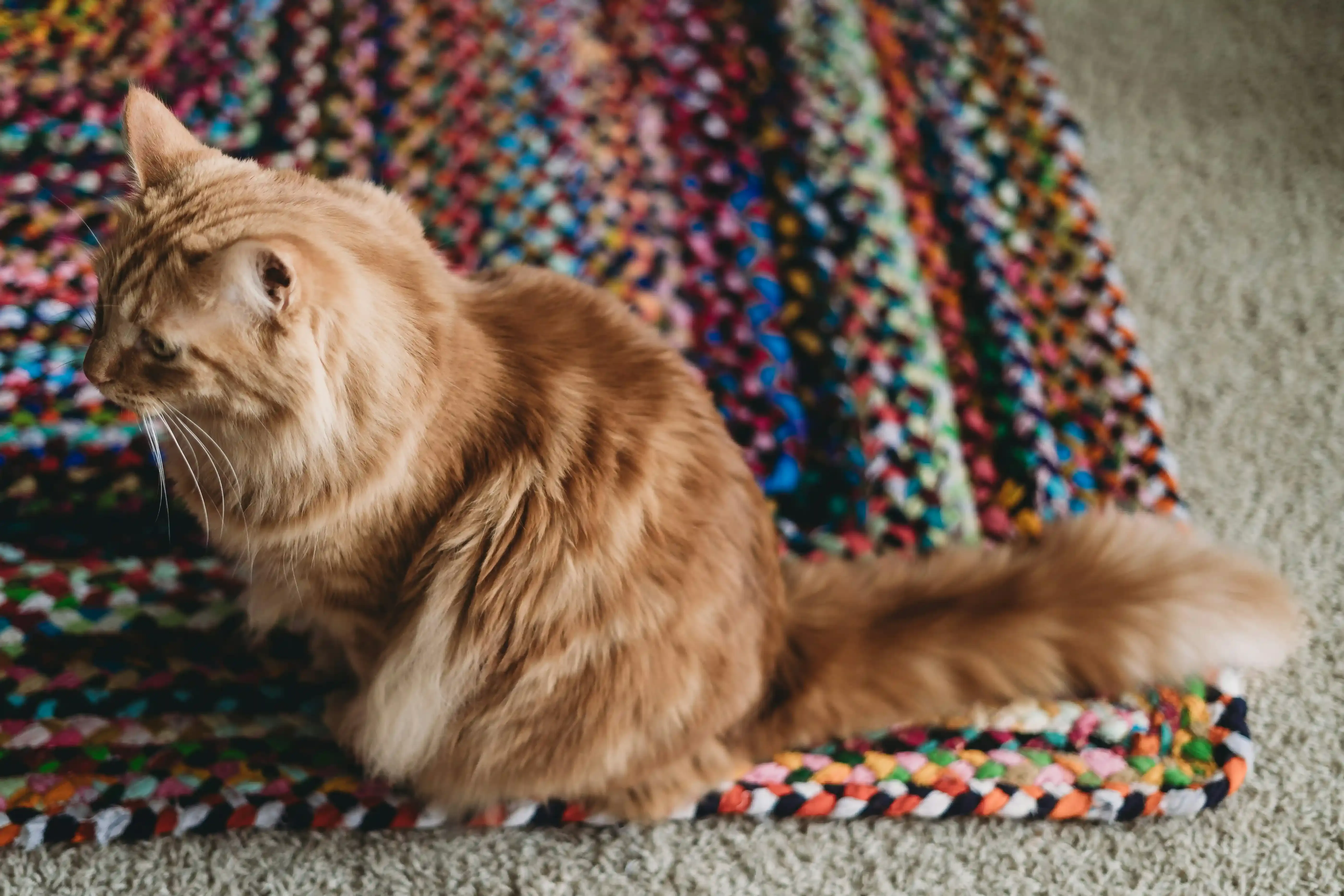
Making Your Crochet Spiral Cat Toy Pattern Safe
Look, you're making this toy for a creature that views string as both entertainment and a potential meal. So, making your crochet spiral cat toy pattern creation safe isn't just a nice-to-have, it's non-negotiable. The biggest hazard is ingestion. This means no small, easily pulled-off embellishments like plastic eyes or bells unless they are absolutely, positively secured inside the stuffing where they can't be chewed off. Choose yarn that isn't prone to shedding fibers or unraveling into long strands easily swallowed. Cotton or tightly spun acrylic are usually better than fuzzy or loosely plied yarns. And for the love of all that is holy, weave in those yarn ends like your cat's digestive tract depends on it. A loose tail end is an open invitation for trouble. If your cat is a super chewer or tends to eat fabric, even a carefully made crochet toy might not be suitable for unsupervised play. You know your cat best; tailor the safety precautions to their specific brand of chaos.
Keeping Your Crochet Spiral Cat Toy Clean
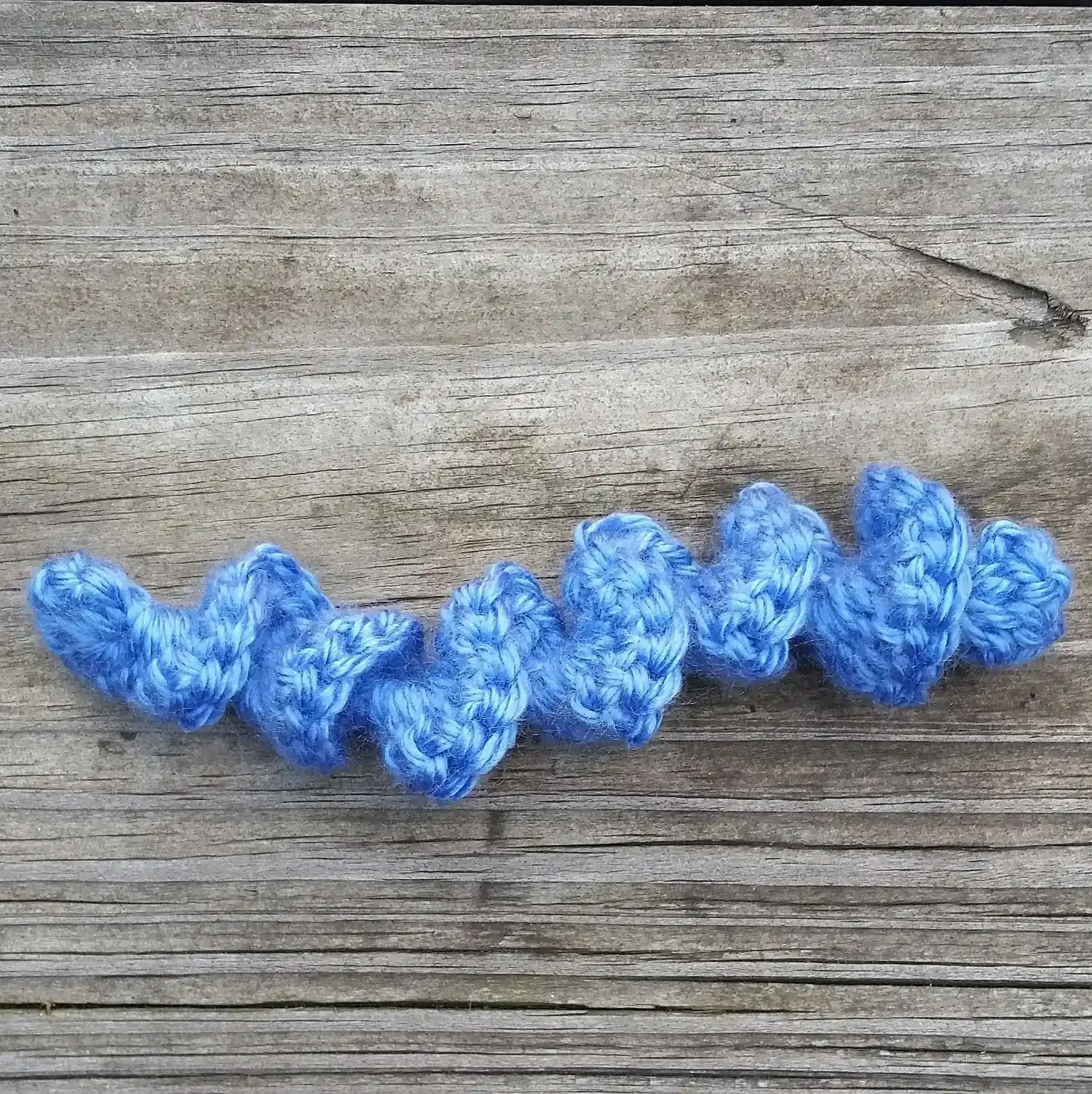
Keeping Your Crochet Spiral Cat Toy Clean
Keeping That Spiral Sparkly (Or At Least Less Gross)
Let's face it, your lovingly crafted crochet spiral cat toy is going to end up covered in cat spit, tracked-in dirt, and possibly whatever questionable thing your cat just rolled in. It's the price of admission for a well-loved toy. Luckily, cleaning these isn't rocket surgery. If you used washable yarn (which, hopefully, you did because we just talked about safety!), you can usually just toss it in the washing machine. Use a gentle cycle and cold water, maybe pop it in a mesh laundry bag so it doesn't get tangled or lose any potential (but securely attached!) embellishments. Avoid harsh detergents; something mild and unscented is best. You don't want your cat inhaling weird chemical fumes while they're trying to enjoy their spiral prey. After washing, let it air dry completely. Don't even think about the dryer unless you want a shrunken, lopsided mess. A clean toy is a safer and more appealing toy, even if its lifespan is ultimately determined by your cat's destructive tendencies.
Common Questions About the Crochet Spiral Cat Toy Pattern
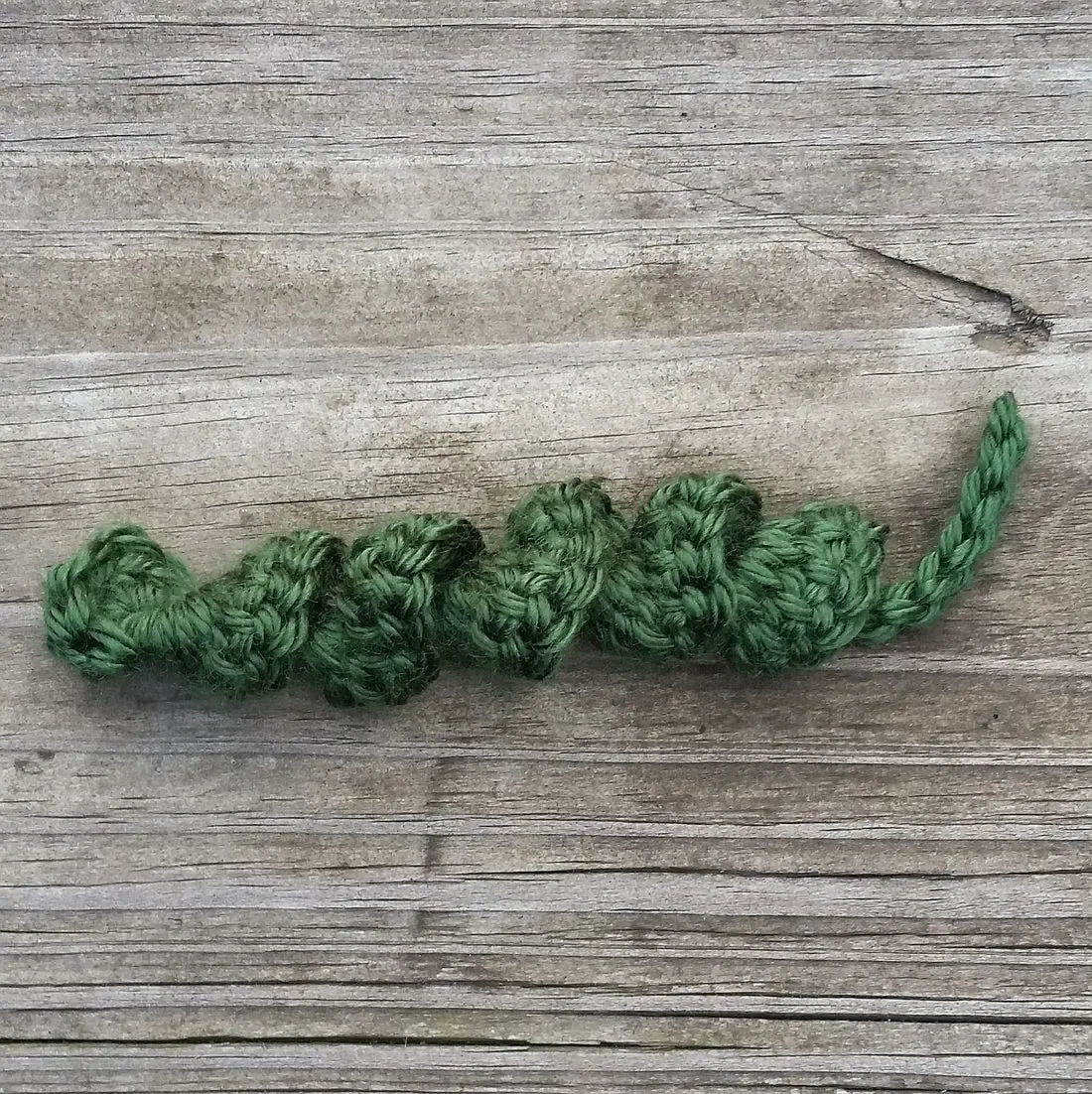
Common Questions About the Crochet Spiral Cat Toy Pattern
Common Questions About the Crochet Spiral Cat Toy Pattern
Alright, so you've tackled the crochet spiral cat toy pattern, maybe even made a few, and a few questions popped up along the way. Totally normal. People often wonder if they can use different yarn (yes, but stick to sturdy, non-shedding types), or if their hook size is *really* that important (it affects density, which matters for durability). A frequent head-scratcher is why the spiral isn't as pronounced – usually, it's because you're accidentally joining your rounds or your tension is too loose. Don't overthink the perfect spiral; cats care more about the wiggle and the potential for catnip. Another common one: how much stuffing is enough? Stuff it firmly, like you mean it, but not so much that the stitches stretch and stuffing pokes through. Think "plump mouse," not "overinflated balloon."
Here are some questions that tend to pop up after making your first crochet spiral cat toy:
- Can I use fuzzy yarn? (Generally no, ingestion risk)
- My spiral isn't twisting, what's wrong? (Check if you're joining rounds; work continuously)
- How do I make it bigger/smaller? (Adjust hook size and initial increase rounds)
- Is acrylic yarn safe? (Usually, but monitor your cat for chewing/eating habits)
- How much catnip should I add? (A little goes a long way, mix it with stuffing)
So, You Made a Spiral Cat Toy... Now What?
Alright, you’ve navigated the loops and stitches, avoided yarn barf (hopefully), and now you've got a finished crochet spiral cat toy. Give yourself a pat on the back. It might not look like a million bucks, but it's handmade, and more importantly, it's a potential source of entertainment for your resident miniature panther. Stick some catnip inside if that's their jam, or just toss it across the room and see what happens. Will they immediately fall in love? Maybe. Will it still end up under the sofa eventually? Probably. But at least you didn't spend ten bucks on something store-bought for that inevitable fate. You've added a new weapon to your arsenal against feline boredom and the tyranny of lost toys. Go make another one.